For any entrepreneur in the B2B SaaS space, pilots can be both exciting and daunting. Having spent 25 years navigating this landscape, Daan Assen, founder of SwipeGuide, has experienced firsthand the challenges and rewards of scaling a SaaS business. His recent journey, following SwipeGuide’s acquisition by a US company, has brought valuable lessons in converting pilot projects into paying customers.
Navigating the world of pilot projects can be daunting, as Daan discovered during his journey with SwipeGuide. Initially, the platform focused on digital use and manuals, but it has since evolved significantly. Early on, Daan and his team employed several strategies to enhance their approach to pilots:
- Co-creation with customers
Daan engaged directly with customers, presenting ideas and asking if they faced similar challenges. This collaborative process not only fostered trust but also secured funding for their first project. - Proof of concept
Understanding the problem at hand was critical. Daan emphasized the importance of using this phase to gather insights and learn how to effectively address customer needs. - Proving value
Feedback was invaluable in refining the product. As they pivoted towards manufacturing, Daan’s team utilized insights from their ICP to demonstrate tangible value to potential clients. - Buy with confidence
To alleviate risk, they introduced a two-month opt-out option, allowing customers to feel secure in their decision to partner with SwipeGuide.

Here are five key tactics that Daan found critical for success:
1. Understanding where you stand in your startup journey is essential for tailoring your approach. Daan emphasizes the following key components:
Co-creation
Collaborate closely with customers to create solutions that meet their needs and build a strong foundation for the partnership.
Proof of concept
Focus on learning and validating the core problem your product aims to solve, ensuring alignment with customer expectations.
Proof of value
Continuously gather feedback and adjust your offering to clearly demonstrate value, particularly when pivoting to new markets.
Buy with confidence
Offer customers a way to engage with your product risk-free, reinforcing their trust in your solution.
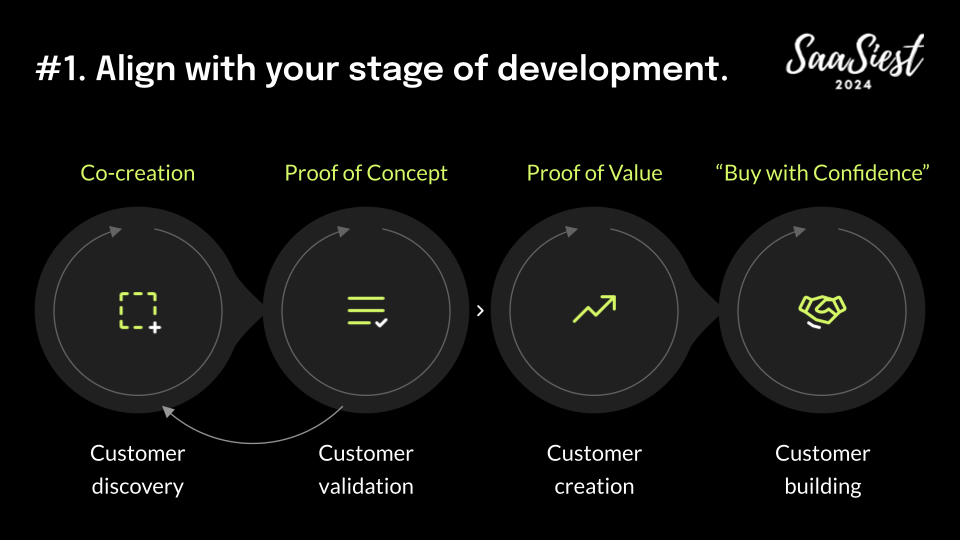
2. Develop a champion
One of the most important factors Daan identified in successful pilots is having a champion within the customer’s organization. A champion advocates for your solution and helps overcome internal resistance. In enterprise sales, many organizations may hesitate or claim they aren’t ready to implement. Daan found that a strong internal champion helped drive progress and foster buy-in, making pilots more likely to convert into full-scale deployments.
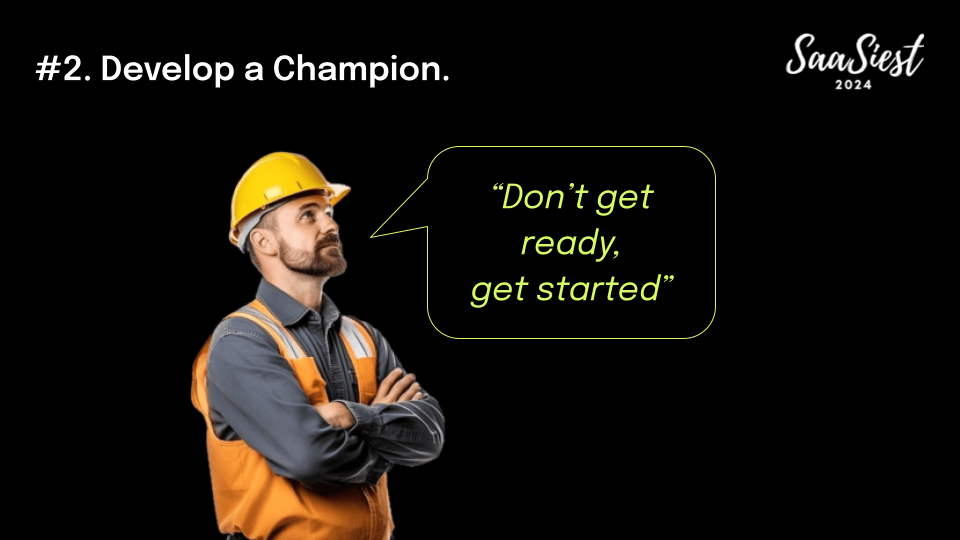
3. Slow down to speed up
While many customers are eager to start pilots right after a demo, Daan advises slowing down to ensure success. By taking the time to conduct thorough discovery and qualification, his team was able to better align with customer needs and expectations. Rushing into a pilot without these steps often sets companies up for failure. Daan recommends slowing down to ensure a solid foundation is laid before accelerating into a pilot.
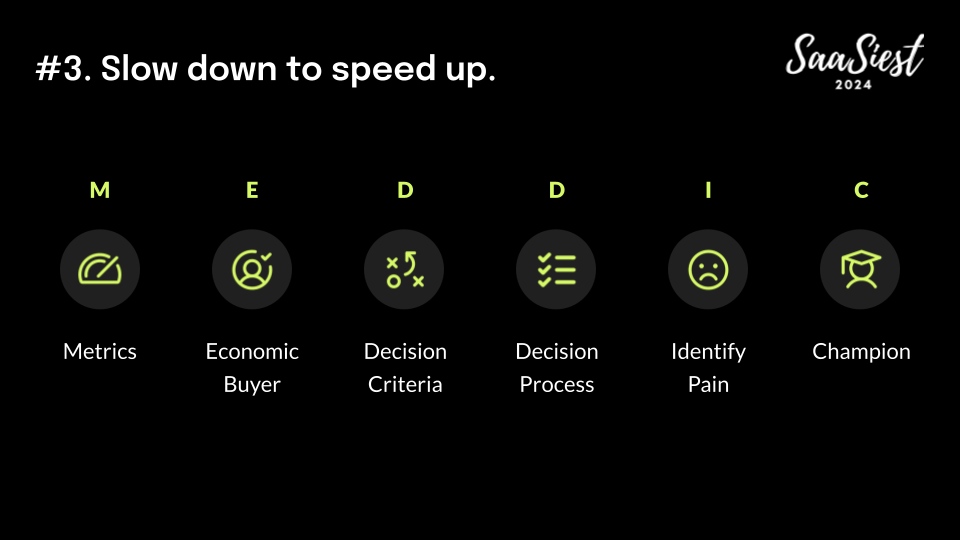
4. Define clear KPIs
Daan stresses the importance of defining clear KPIs and business cases with customers. By doing in-depth discovery, Swipeguide was able to understand the problems customers were facing and agree on measurable outcomes that would demonstrate success. With metrics such as ease of use and operational improvements, Daan and his team were able to track progress, build trust, and convert pilots into long-term contracts.
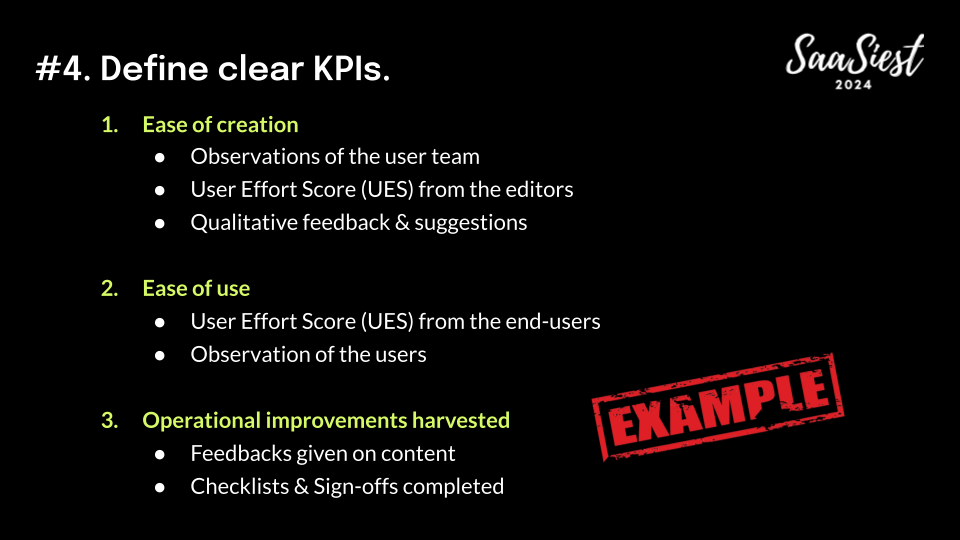
5. Blueprint the pilot process
One of the key lessons Daan learned over the years was the importance of creating a clear blueprint for the pilot process. By outlining each stage, defining timelines, and setting customer expectations, SwipeGuide ensured that both parties knew what to expect and what resources were required. This approach helped build trust and reduced uncertainty during the pilot phase.
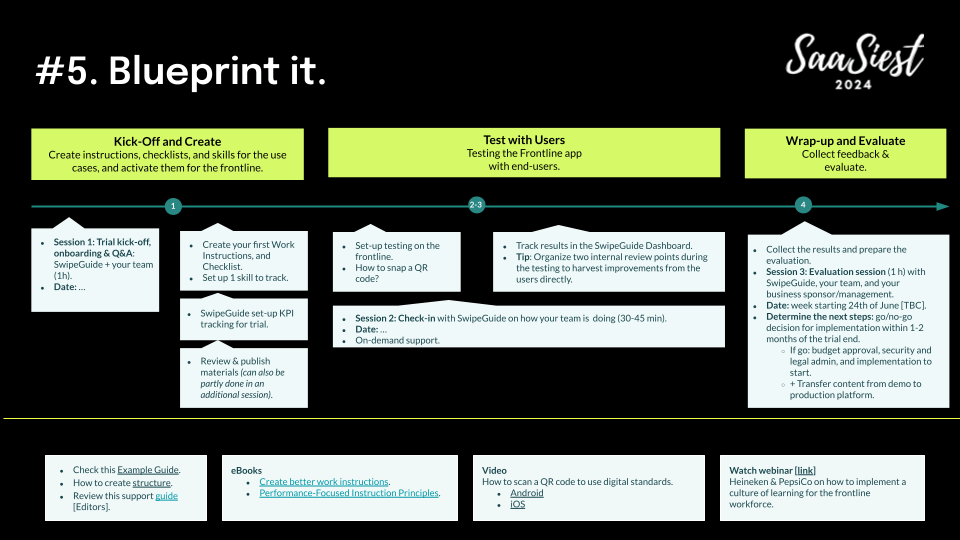
6. Rock the pilot
To summarize Daan’s approach:
- Align the pilot with the company’s current stage of development.
- Develop a champion within the customer’s organization to drive progress.
- Slow down to ensure the pilot is set up for success.
- Define clear KPIs that align with customer goals.
- Create a blueprint to guide the pilot process and manage expectations.
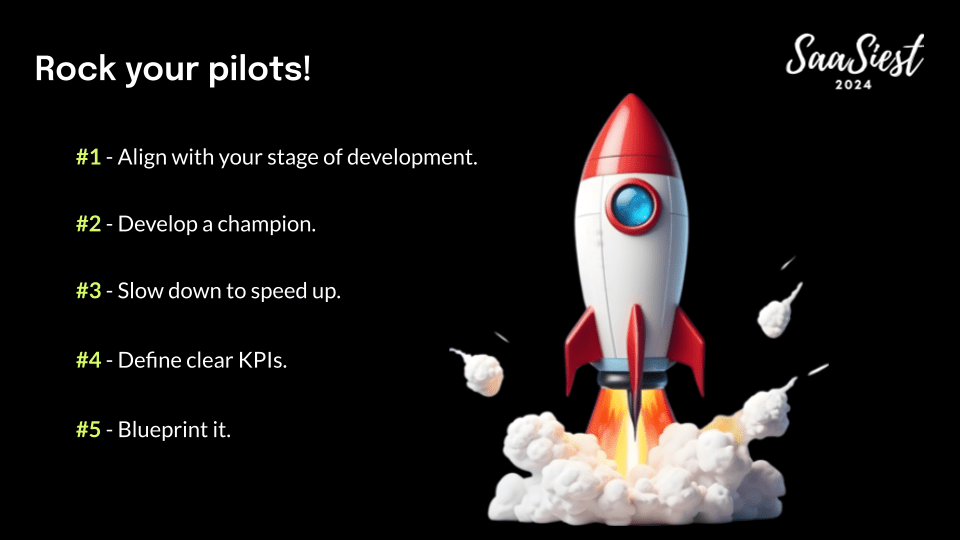
Pilots don’t need to be overly complex to have a big impact. With these tactics, he successfully converted pilots into long-term paying customers, helping SwipeGuide scale in the competitive B2B SaaS landscape.




